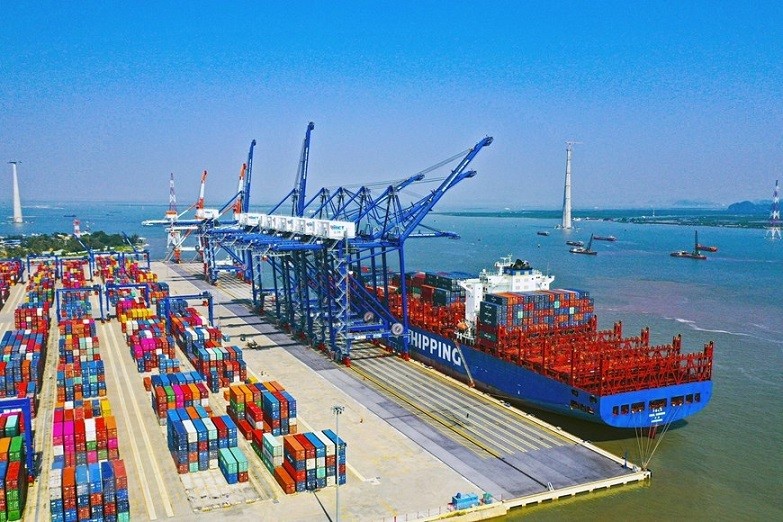
Proper mechanism needed to export farm produce by sea to China
Latest
 |
| Currently, exports to China by road account for 70% of trade, while exports by sea make up 30%. |
The event was held amid China restricting customs clearance at border gates, resulting in a backlog of agricultural products to occur in the northern provinces of Lang Son and Quang Ninh.
Hoang Hong Giang, deputy head of the Maritime Administration under the Ministry of Transport, said that there are currently approximately 30 shipping firms that exploit the transportation and circulation of containers from the nation to China such as Cosco, SITC, and Yangming.
According to Giang, agricultural products transported by sea must be fully documented, exported through official channels, and meet Chinese standards as a way of avoiding paying a lot of extra costs.
Currently, exports to the northern neighbour by road account for 70% of trade, while exports by sea make up 30% and serve two different market segments, meaning the conversion of transport routes will be difficult, Giang added.
Deputy Minister of Transport Nguyen Xuan Sang put forward the suggestion that local businesses exploit models of transport, by sea, by road, and even by air. The Ministry of Transport will therefore work alongside shipping firms to encourage them to increase the frequency of trips between the two countries, while simultaneously proposing a number of ports which will prioritise Vietnamese agricultural exports.
According to Deputy Minister of Agriculture and Rural Development Tran Thanh Nam, a number of northern border gates have now permitted the customs clearance of goods again. However, businesses still cannot be assured of their status because in the event that a shipment is detected to have been infected with the SARS-CoV-2 virus by the Chinese side, they will stop customs clearance for at least seven days for disinfection.
Therefore, diversifying modes of transport is necessary to limit risks for agricultural exports, both in the short term and over the long term.
"Our businesses must carefully consider diversifying modes of transportation, while business associations need to coordinate with competent agencies to see which mode of transport is appropriate at each time," Deputy Minister Nam shared.
Mai Xuan Thin, director of Red Dragon Company limited, suggested that carriers should develop a fleet of refrigerated cargo ships featuring a small tonnage in order to be able to enter ports near raw material areas.
Furthermore, management agencies must control the ceiling price of logistics fees to facilitate the greater circulation of goods.
"It is advisable to increase the supply by refrigerated cargo ships with tonnage of 3,000 to 10,000 tonnes to be able to enter raw material areas, therefore, seaports can export fresh fruit and vegetables," Thin said.
Whether transporting by land or sea, China continues to impose strict quarantine controls under its "Zero COVID" policy. Currently, all Vietnamese agricultural and aquatic products shipped to this market must meet requirements regarding hygiene, disease safety, traceability, and pest control.
In order to facilitate customs clearance, businesses must ensure product quality, have a certificate of food safety quota, and strictly comply with regulations relating to pandemic prevention and control of goods.
























